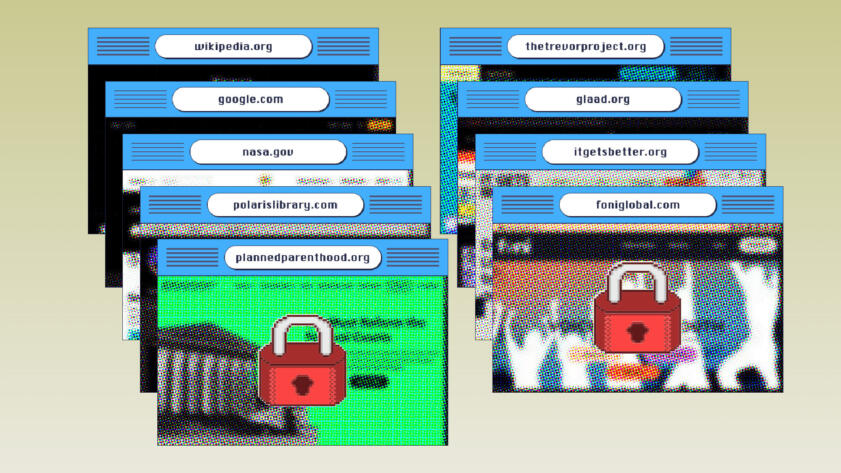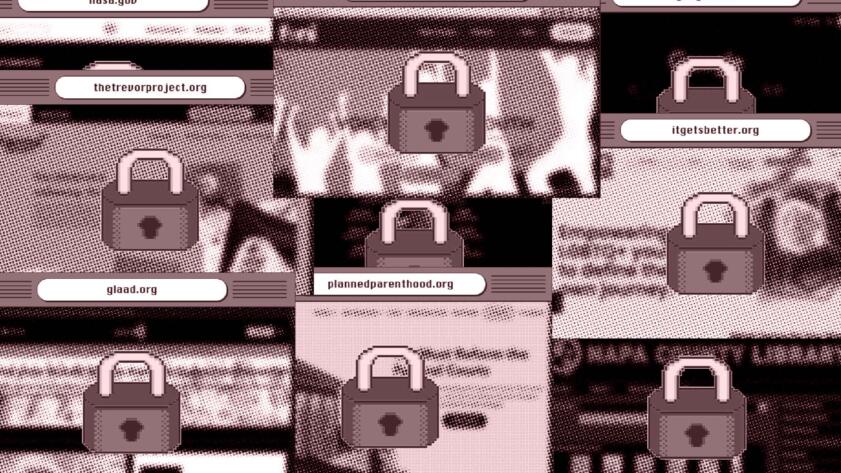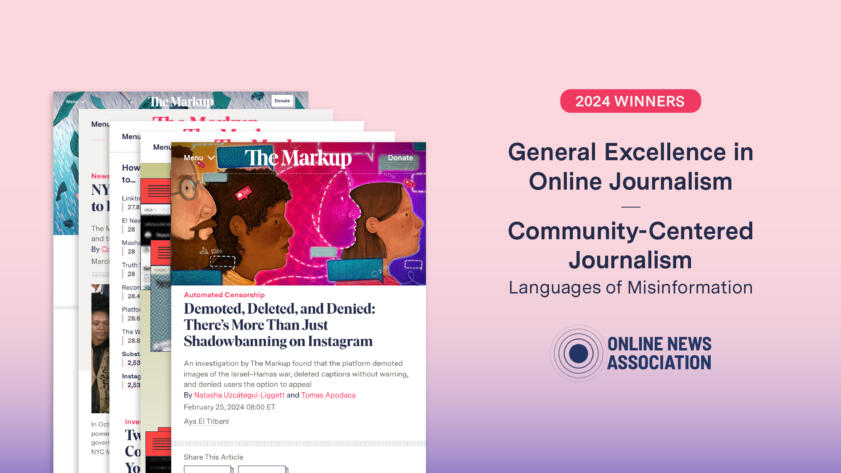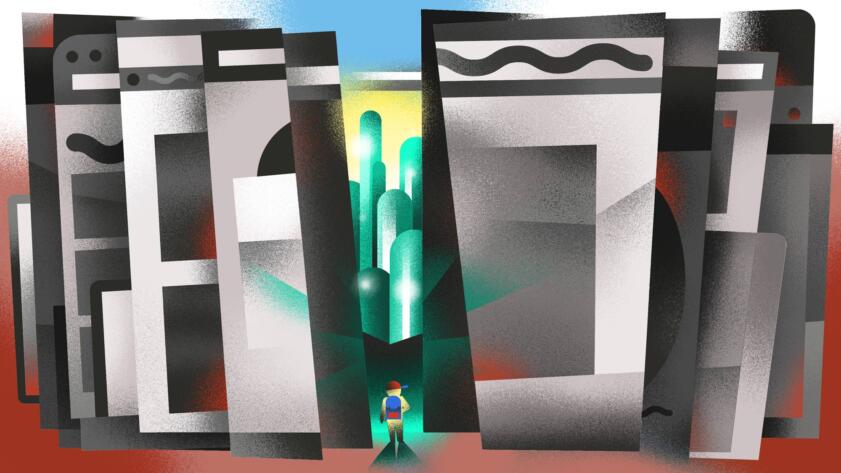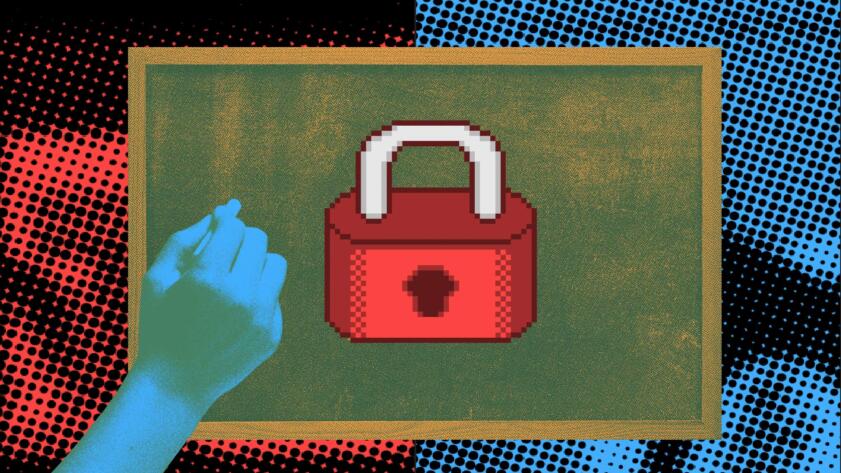Subscribe to Hello World
Hello World is a weekly newsletter—delivered every Saturday morning—that goes deep into our original reporting and the questions we put to big thinkers in the field. Browse the archive here.
Hi all, Tara here, The Markup’s education reporter. I’m here to tell you about a package of stories we published this morning about internet censorship in schools, and, also, to give you a behind-the-scenes look at how this investigation came together.

Digital Book Banning
Schools Were Just Supposed To Block Porn. Instead They Sabotaged Homework and Censored Suicide Prevention Sites
The Trevor Project? Blocked. Planned Parenthood? Blocked. NASA? BLOCKED
First, let’s talk about why this is even an issue. When schools first started using the internet in classrooms, Congress decided there needed to be guardrails. They passed the Children’s Internet Protection Act in 2000, tying access to discounted telecommunications equipment and services to the use of filters that would keep students away from obscene and harmful images online. Fast forward to today, and it’s clear school districts are blocking way more than those types of pictures.
Last fall, the Center for Democracy and Technology released the results of a survey asking students about these filters. Almost three-quarters of high schoolers said they made it hard to complete assignments, and a larger share of LGBTQ+ students said they blocked content the students didn’t think should be blocked. Kristin Woelfel, who was on the CDT team that conducted the survey, said she thinks of these filters as “digital book bans,” similar in impact to the recent purges of books about race or LGBTQ+ topics from school libraries across the country.
After talking to Woelfel, I wanted to know more about what was being blocked at U.S. K-12 schools and how discriminatory the filters were.
I thought it would be pretty easy to request records from school districts about what websites their filters had blocked. After all, public schools mean public records, right? Wrong. The first six districts I wrote to told me the records I wanted could not be shared for cybersecurity reasons. But some districts I contacted did release them, and I sent out more requests.
After a few months, I had records from 16 districts across 11 states, and I could see some important trends. The most obvious was that schools block a lot of websites. But in the rows of the very long spreadsheets cataloging these blocks, some entries stood out as particularly surprising: plannedparenthood.org, autismspeaks.org, thetrevorproject.org—even nasa.gov. The records showed blocking of LGBTQ+ resources, which were categorized by filters as “human sexuality” and “sexual content,” making them sound like pornography. The spreadsheets also listed blocks against categories like “sex ed,” “abortion,” and even “educational.”
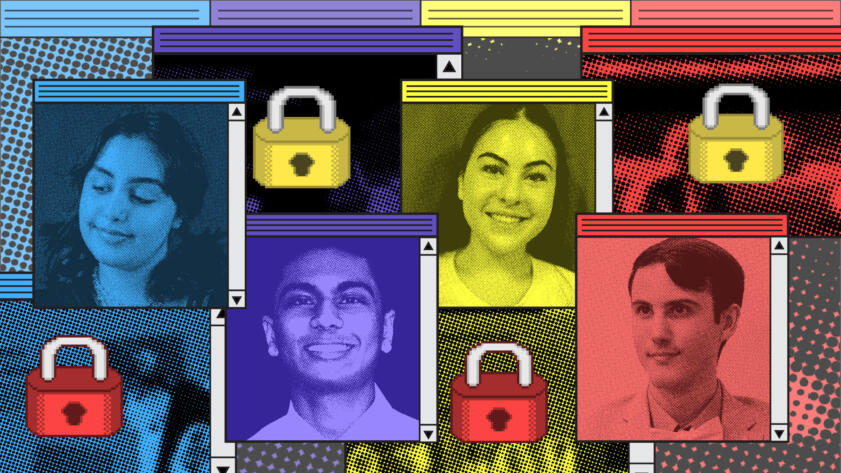
Digital Book Banning
Five High Schoolers Describe the Dangers and Frustrations of Censored Web Access
Their schools block information about The Trevor Project, abortion, microplastics, and more
Once I had gone through the records, I started talking to students, wanting to hear from the people who face these blocks every day. Over and over, they described having to work around the filters just to complete their assignments. Several described their shock at finding out that suicide prevention resources for LGBTQ+ teens are blocked by the filters in their districts.
These conversations made me want to talk to students in one of the districts that was most aggressive in its approach to blocking websites. I flew from my home base in New York to the Rockwood School District in the western suburbs of St. Louis, Missouri. There, I met more students and families who described their frustrations with the filter. I also ran a set of automated tests that my colleagues built to check access to a bunch of websites on the district’s Wi-Fi.
In the month or so since then, a team of us at The Markup have turned all of that reporting into the package of stories and visuals we just published. I hope you take some time to go through it!
Inside the main story is an interactive tool that lets you explore examples of blocked sites across five school districts. You can also read more about who gave me what information and the district-level findings in this “Show Your Work” piece.
Check out this gallery of student experiences with the filters. It will give you a good sense of what students are dealing with, in their own words.
If you find yourself wondering how far your local district goes with web filtering, use my template to request the records yourself. This guide walks you through how and where to submit a request.
And one more thing: The Markup’s visualizations engineer, Joel Eastwood, built a quiz-style survey so students can test out a handful of websites from their school computers and then share the block results. We won’t automatically log any survey responses, and students are free to share their results on social media and leave it at that. But we hope they’ll share them with us, too. I’m especially curious which other districts block The Trevor Project and It Gets Better but leave accessible the Alliance for Defending Freedom, a legal nonprofit that the Southern Poverty Law Center labels an anti-LGBTQ+ hate group. School districts have been taken to court for that type of uneven blocking and forced to stop. If you have any young people in your life, please pass along the survey!
Have any questions about this investigation? Feedback? Email me directly at tara@themarkup.org.
Happy reading!
Tara
